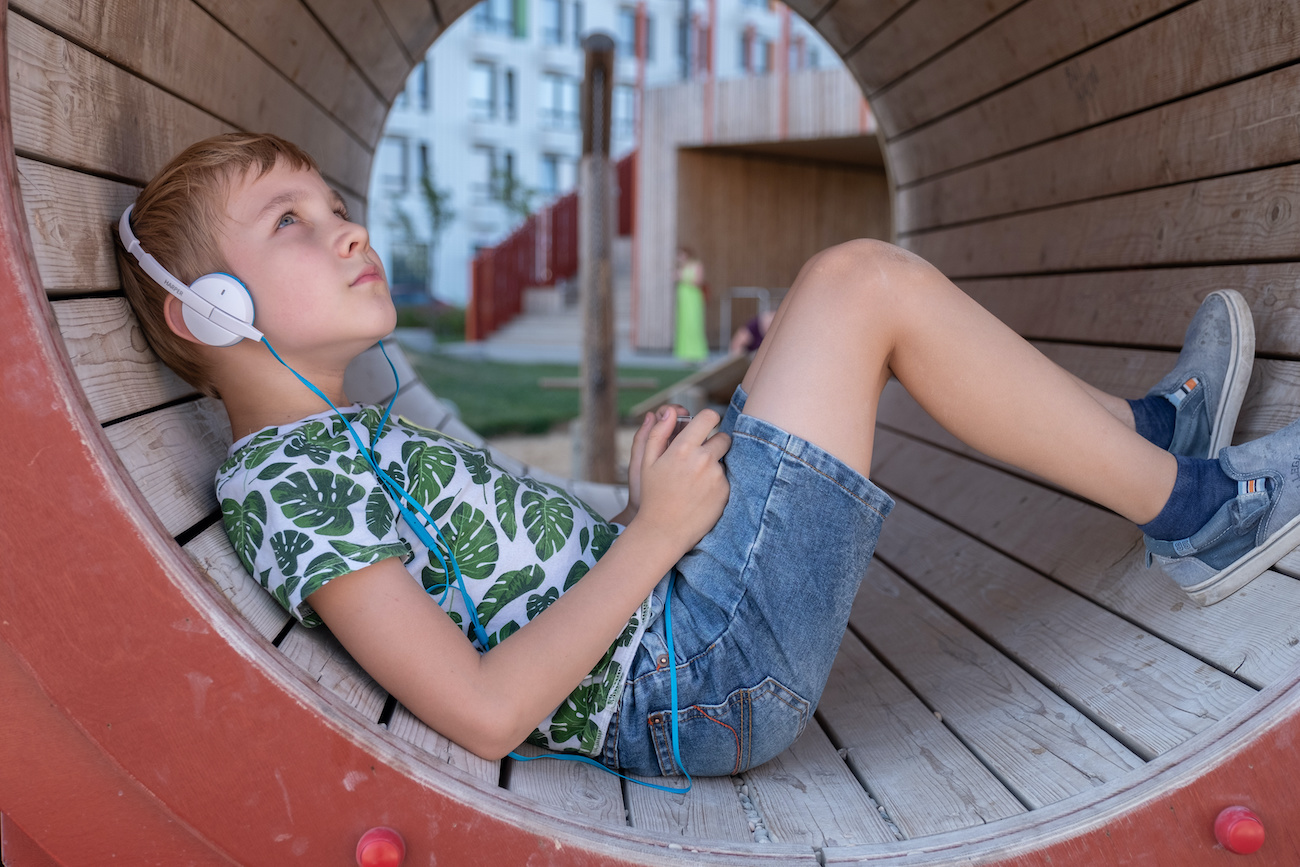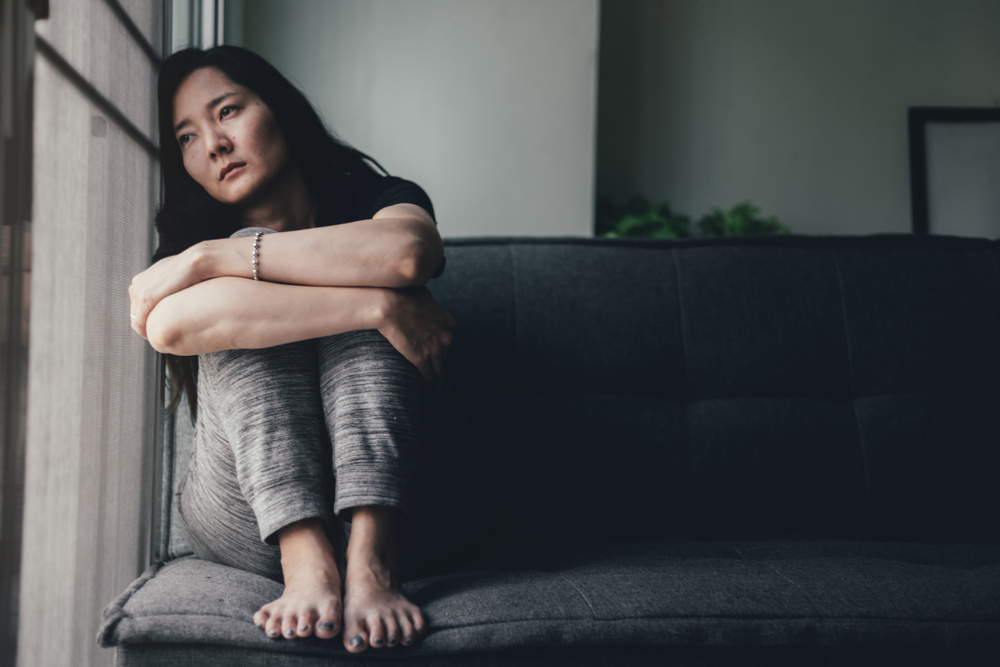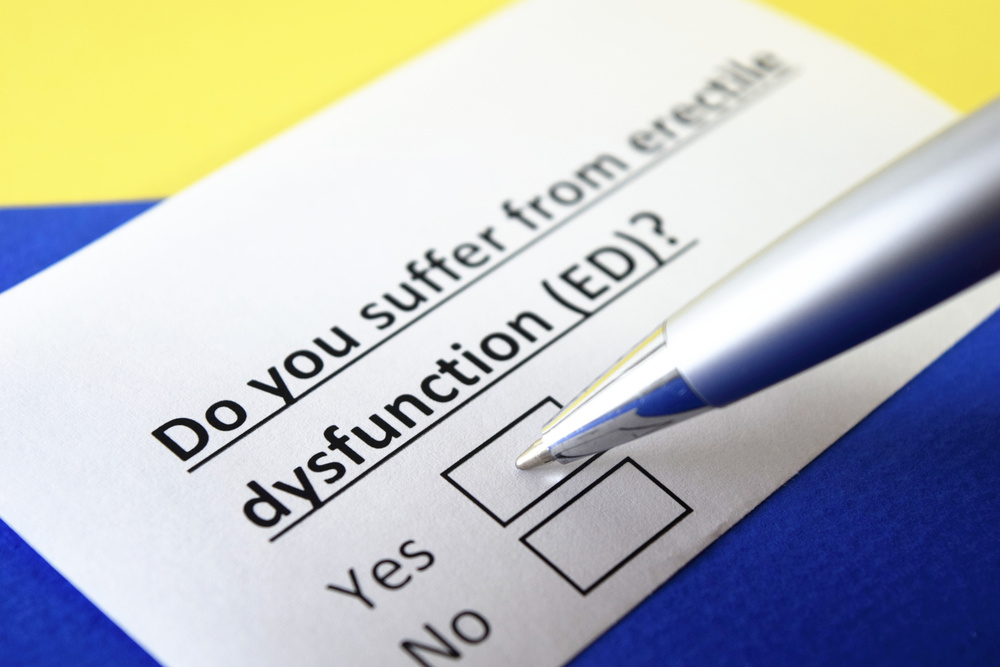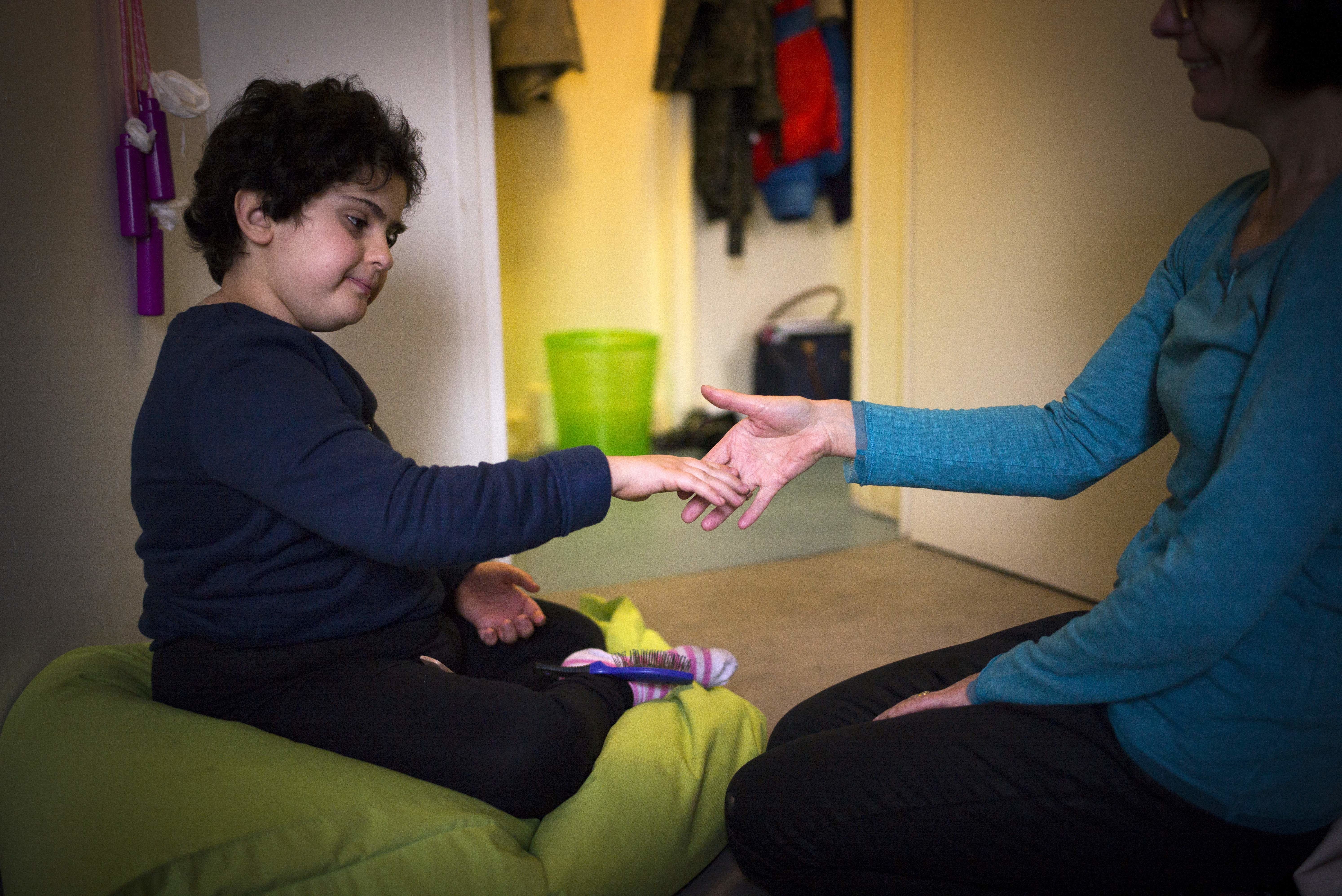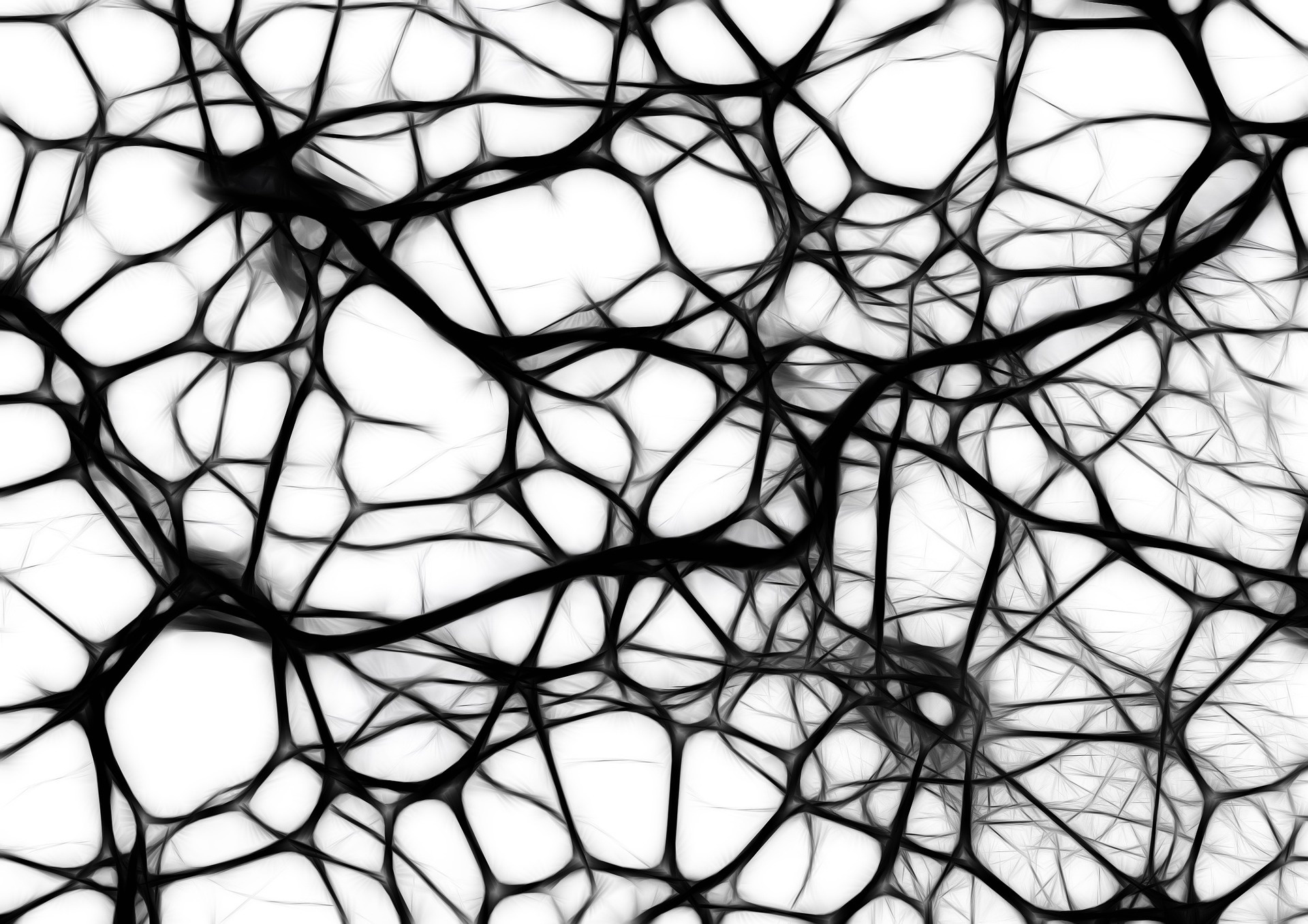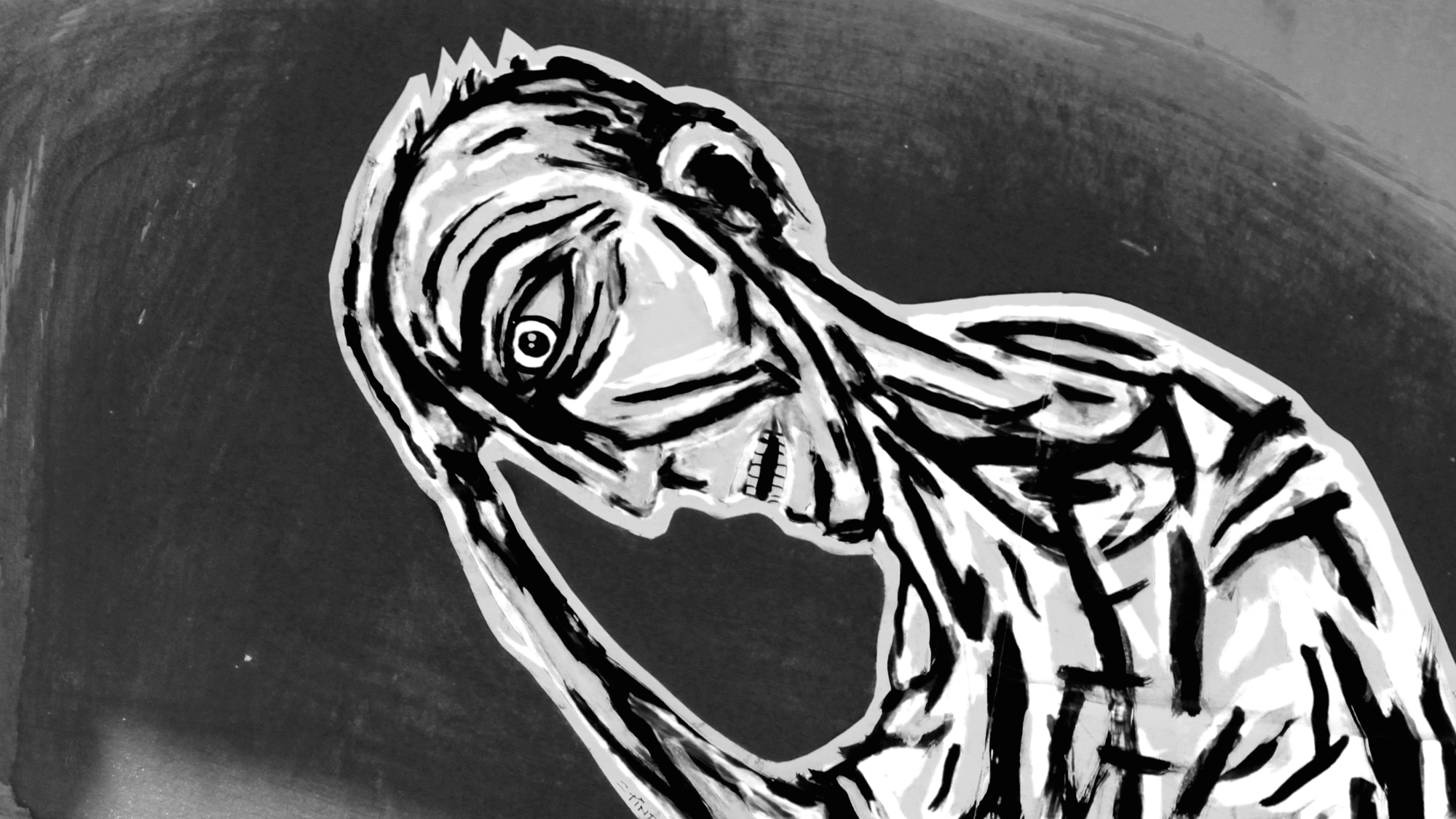disability
“Such studies will lead to a better understanding of brain development in both autistic and typical individuals.”
While the benefits of music therapy are well known, more in-depth research explores how music benefits children with autism.
The goal of this large-scale study was to provide actionable information on how to avoid depression or decrease depressive symptoms.
While this has been a popular debate, the evidence suggests there isn’t a strong link between pornography use and erectile dysfunction (ED).
According to the analysis, the more yoga sessions a person did each week, the less they struggled with depressive symptoms.
Prior to COVID-19, 45% of people with intellectual disabilities reported feeling lonely.
Vaccines have done their job so well that anti-vax parents have forgotten the horror of contagious disease.
▸
3 min
—
with
What if we could just skip the workout part and take the results in supplement form? Researchers did it… On mice and flies.
Can a shift in the way we treat death and dying improve our lives while we’re still here?
▸
5 min
—
with
Legislators push to keep cursive in their schools’ curricula, but experts seem split as to whether it’s necessary.
The first steps toward developing tools that could help disabled people regain the power to speak.
In the 1970s, the Australian moral philosopher Peter Singer began to argue that it is ethical to give parents the option to euthanise infants with disabilities.
For the first time, the World Health Organization has declared a new mental illness to be the leading cause of disability around the world.
Stephen Hawking has accepted an offer to go to space. He’s one of the world’s most famous scientists, who’s been paralyzed due to ALS for much of his life.
